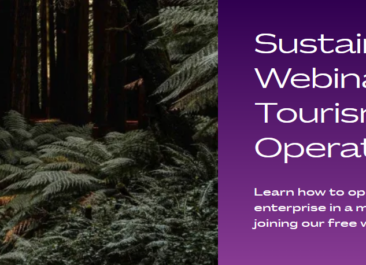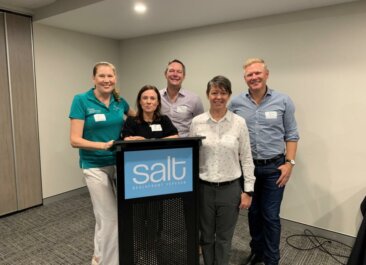Coal is still Gold
Posted on July 25th, 2018
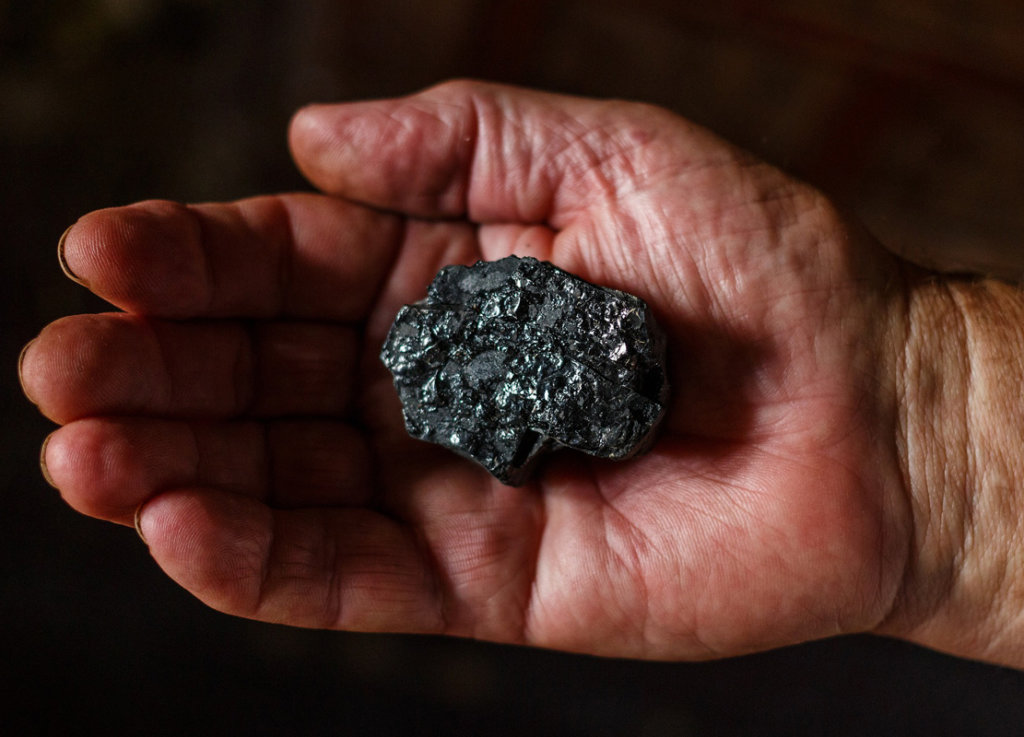
Due to a number of factors the Central Queensland region is again experiencing accelerated resource activity (predominantly associated with coal mining). Some of the factors influencing the expansion of resource activity include:
• A record number of operating coal mines (74% of which produce metallurgical coal);
• Direct benefits (2016/2017) being $2.7 billion paid in direct wages supporting >21,000 full time employees and over 168,000 indirect full time jobs;
• Royalty payments (2017/2017) = $3.4 billion;
• Record export tonnages contributing $37.8 billion to gross regional product.
Across the three Queensland coal basins – Surat, Bowen and Galilee – there are 40 advanced coal projects comprised of 25 greenfield or new projects and 15 brownfield extensions, most of these (30) are within the Bowen Basin.
Encouragingly there is newfound interest in developing new coal deposits with 10 coal mining leases being issued in 2015, 13 in 2016, 18 in 2017 and to June 30 this year a further 7 leases were approved. Twelve (12) lease applications were lodged to June 30th this year, compared to only 4 lodged in 2017.
Increased resource activity across regional Queensland provides many economic and social benefits. For regional communities, demonstrating our industry capability (supply chain, servicing, logistics etc) plus skilled workforce credentials will ensure the growth and progress of our communities.
The above information is contained within a comprehensive presentation to the CHDC Industry and Innovation Forum (July 18 2018) by Peter Donaghy, A/Executive Director, Minerals and Energy Resources | Minerals and Coal Department of Natural Resources, Mines and Energy.
What does resource activity provide for our region and the State?
Employment – Supply Chain – Services
The latest Australian Bureau of Statistics (ABS) labour force data reaffirmed the resources sector was a key Queensland employer with new jobs in all mining regions.
ABS labour force data reveals:
• resource sector jobs increased from 56,705 in May 2017 quarter to 65,180 over 12 months to the May 2018 quarter, an increase by 15% or an extra 8,474 jobs;
• jobs in non-metallic mineral mining and quarrying increased by 53% to 4,094 over the last 12 months;
• jobs in coal mining increased by 34% to 28,945 over the last 12 months;
• jobs in oil and gas increased by 25% to 8,069 over the last 12 months;
• jobs in exploration and mining support services increased by 7% to 15,765 over the last 12 months.
Despite the growth in jobs created by resource activity the Queensland Resources Council Queensland’s emphasises that the resources sector has hundreds of job vacancies from Townsville and Mt Isa in the North, to Toowoomba and Roma in the South and in the nation’s biggest mining town Brisbane.
Senator Matt Canavan, Federal Minister for Resources & Northern Australia in recent news releases indicates (in part):
King coal is back
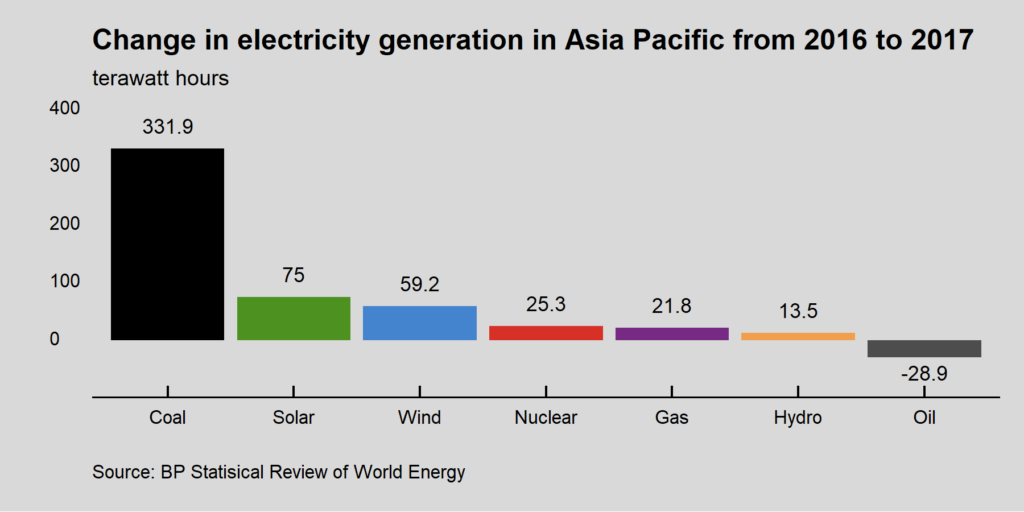
New figures reveal that coal is likely to retake its mantle as Australia’s biggest export. The news certainly shocked lots of the naysayers who keep (incorrectly) predicting coal’s demise.
In fact, coal demand surged to record levels last year, and in our region demand for coal is skyrocketing. The graph above shows that coal provided two thirds of the increase in electricity in the Asia Pacific region last year.
That’s great news for Australia and for Australian jobs. We just need to have politicians who can stand up for these jobs and not fold to the myths peddled by green activists.
Senator Canavan has also written a longer piece on what is happening in coal markets (with lots more cool graphs) and that is available to read here.
Further online information is available at:
Queensland Coal Projects Table – email CoalHub@dnrme.qld.gov.au
Search for resource authorities
